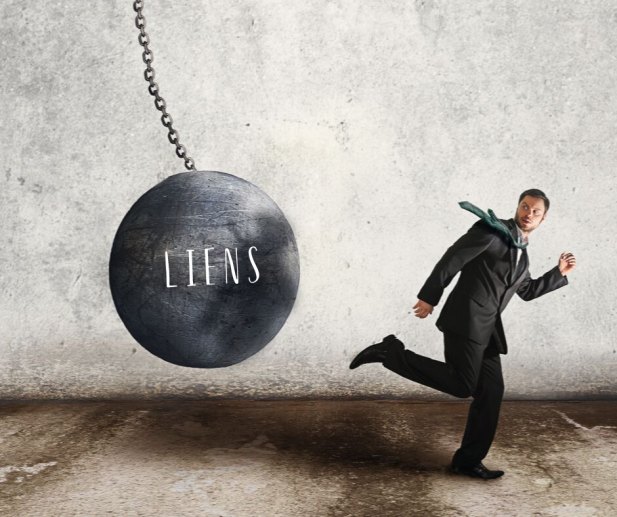
4 Considerations Every Owner Needs to Know About Lien Waivers
Lien waivers protect project owners
As your commercial construction project moves toward completion, you’re likely to encounter lien waivers, an important—and some might say essential—part of the process. Signed by general contractors, subcontractors and suppliers, lien waivers serve as a protection for project owners as well as general contractors. As an owner, it’s important to understand what lien waivers are and how they protect your interests. So, let’s take a closer look at this common component of the construction process.
Property owners: what you must know about lien waivers
Lien waivers really function as a receipt for payment. In return, those paid waive their rights to place a lien for that payment. But while it sounds simple, it actually can be quite complex. In truth, anyone who works on a project, or provides materials or services may be able to file a lien to get payment. The lien waiver manages risk for the owner of a construction project related to general contractor and vendor claims. And while a lien waiver can protect the owner from claims, there are many ways that it can do the opposite when improperly completed, potentially costing the owner significant money.
Here are four things you should keep in mind about lien waivers.
1. There are two types of lien waivers
- Conditional waivers are conditioned on an event that must happen for it to take effect. Typically, this event is payment to the signor who has waived their lien rights.
- Unconditional waivers take effect immediately after being signed. It’s important to note that an unconditional lien won’t guarantee that a signor was paid, as they can be enforced even if the signor never receives payment.
2. Each lien waiver has two subtypes
Depending on when the payment is made, the subtype may be a progress/partial payment or final payment.
3. An improperly processed lien waiver represents risk for you
Be sure to collect lien waivers from everyone who works on the project.
If a general contractor fails to pay vendors, the project owner could have a lien filed against the project property. It’s up to general contractors to obtain lien waivers from the project vendors, typically on a draw-delay basis —and the lien waivers are intended to confirm that all subcontractors and suppliers for your project have been compensated per the contract documents.
To ensure you are protected, it’s important to have every vendor who supplied materials, offered services or otherwise worked on the project provide a signed lien waiver, including the general contractor.
4. Lien waivers and lien releases are different
It’s easy to confuse lien waivers and lien releases, but keep in mind that they are totally different documents. Lien waivers waive the right to place a lien, and are in effect before a lien is placed against a project. Again, they function as a receipt for payment.
Lien releases are actually cancellations of liens. A lien release negates a lien that is already in place.
At their best lien waivers have many benefits for owners
When lien waivers are done correctly, they can protect both project owners and general contractors. So they’re an essential component to the successful completion of any construction projects. Yet because they are so common, it’s easy to take them for granted. Keep in mind the importance of lien waivers and lean on your lender and title company for assistance.